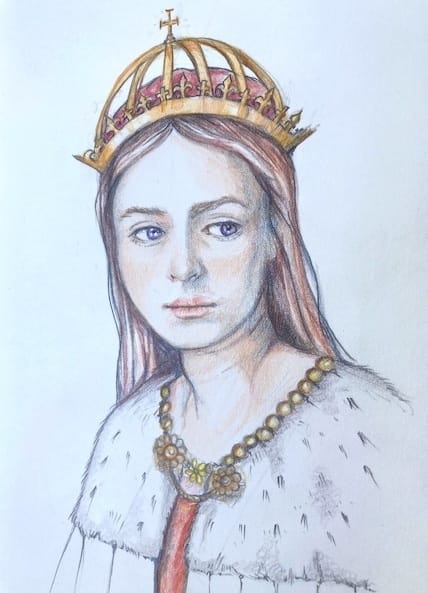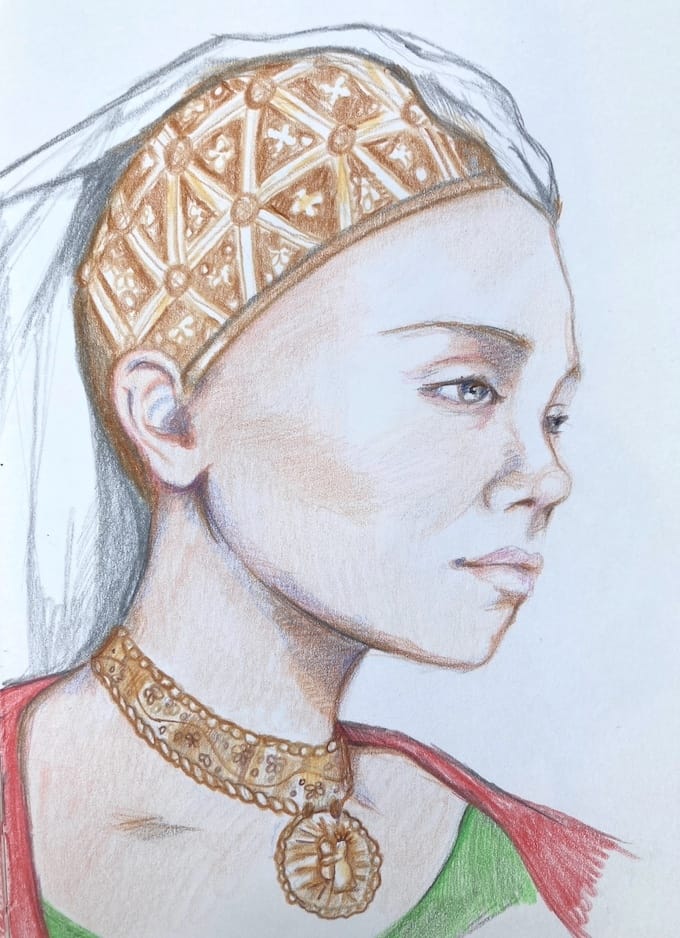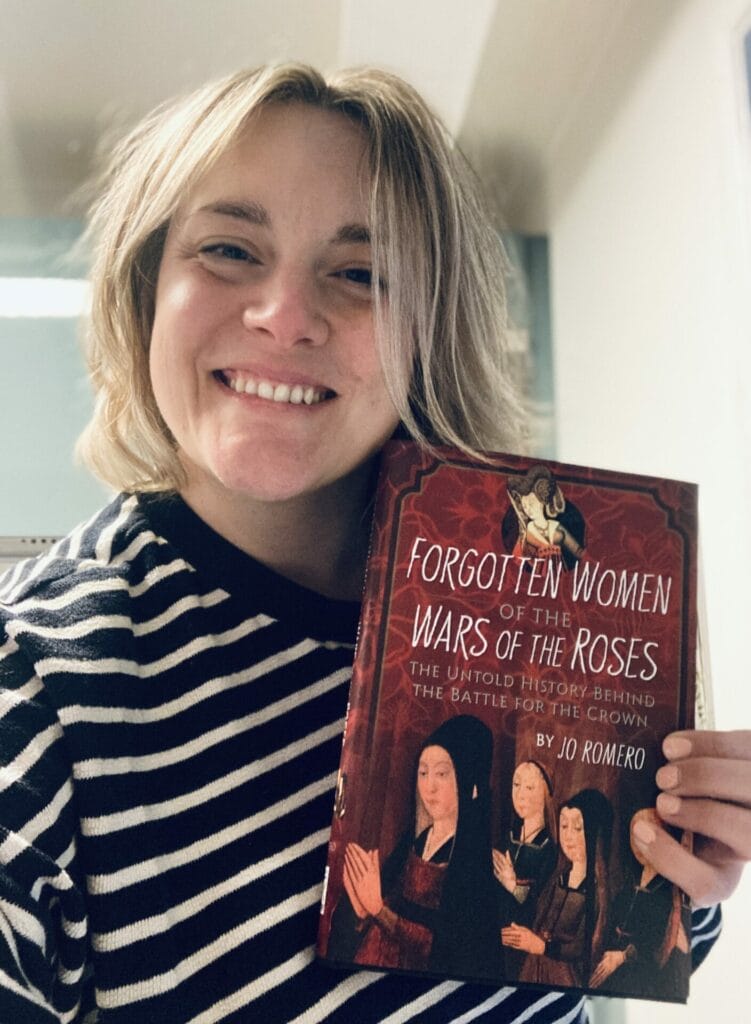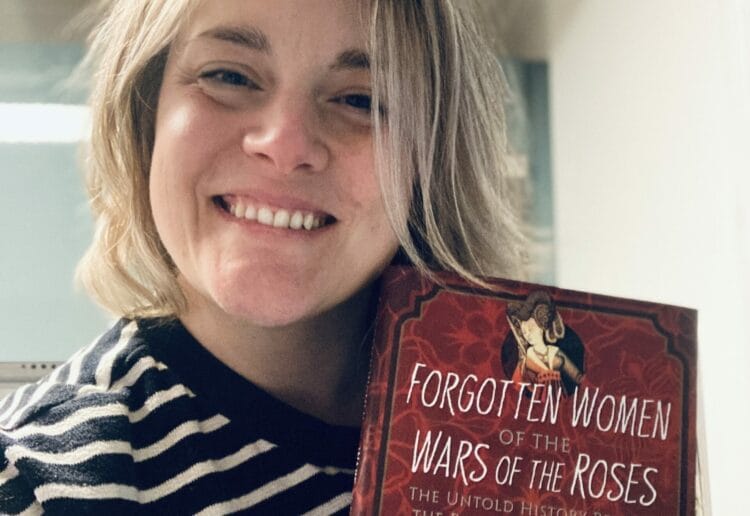TO COINCIDE with Women’s History Month, Woodley historian Jo Romero is putting women in the picture in her new book.
Forgotten Women of the Wars of the Roses tells the stories of the many wives, mothers, and daughters whose contributions have been neglected through the centuries.
People fascinated by Richard III, or the Earl of Warwick, can read about the women who influenced and supported them.
Ms Romero, who is also an author and artist, said: “I love history – it gives us an anchor to our past, and tells the story of all of us, so it was really important to me to bring forgotten women back in this book.”
Because they remained at home during the Tudor wars, women’s lives weren’t considered important enough to mention, so they were often sidelined.
“The focus in Mediaeval writings is very much on men – about Earls recruiting soldiers, or propaganda designed to bad-mouth one house or the other,” explained Ms Romero.
“But what women were doing was important too; managing the children, and learning how to run households in place of their husbands.
“And if their men didn’t come back, they often needed to fight to retain the family land.
“Some were really central to the plot of the wars, like the Duchess of Suffolk, who switched houses from one side to the other in order to make a better future for her son.”

Ms Romero has searched many Tudor documents and chronicles to discover the women behind the scenes.
“I started off hunting for prominent but forgotten duchesses and queens, but then I came across wonderful stories of ordinary women,” she said.
“We often hear about prominent characters in history, but we should also acknowledge the smaller roles people played, even if they weren’t thought to be significant at the time.
“Innkeepers, midwives, nurses, and silk producers all contributed, quietly propping up mediaeval society during some terrible times.
“Wars are never nice, but we can sometimes forget the sheer brutality of mediaeval conflict.
“We tend to think of a list of battles and dates, but when you read what individuals had to go through, it was terrible, and no-one escaped.”
Ms Romero is encouraged that women’s history is at last getting the attention it deserves, and pleased that she can tell the stories of marginalised Tudor women in her book.
“They weren’t actually so different from us, and had problems we recognise today,” she said.
“For example, there are letters from mothers to their children, telling them to go and repair a rift with their father.”
One local woman mentioned in the book is Elizabeth Clerk.
She lived in Reading when Elizabeth Woodville and Edward IV visited the town in 1464.
The royal couple had married secretly, and when Edward introduced his new bride at the abbey there was uproar from the nobles.
Elizabeth Clerk and her husband Thomas lived on Friar Street close to the abbey entrance, and would have witnessed plenty of angry gossip on street corners.
Ms Romeroa is encouraged that women’s lives are better recorded today.

“When I was at school, we learnt about only one woman scientist or medical specialist; Florence Nightingale – all the rest were men.
“But at my daughter’s school they hear about so many trailblazing women.
“There are improvements in the ways we tell women’s stories now, but we need to keep making a conscious effort.”
Ms Romero’s book will be launched at an event which includes an exhibition of art work inspired by the book and its themes.
Ms Romero is one of the contributing artists, and paints under the name Sketcher Joey.

The book launch is at art studio Made By Tamalia, on Marsack Street, Caversham, on Wednesday, March 20.
Doors are open from 6.30pm until 9.30pm, and tickets, which must be pre-booked, cost £1.
Forgotten Women of the Wars of the Roses is published in hardback by Pen and Sword History.
Signed copies (and a goody bag) can be pre-ordered for £25.
For information and to book, visit: www.lovebritishhistory.co.uk
Or log on to: www.sketcherjoey.sumupstore.com, and www.madebytamalia.co.uk
























